Wasp Control
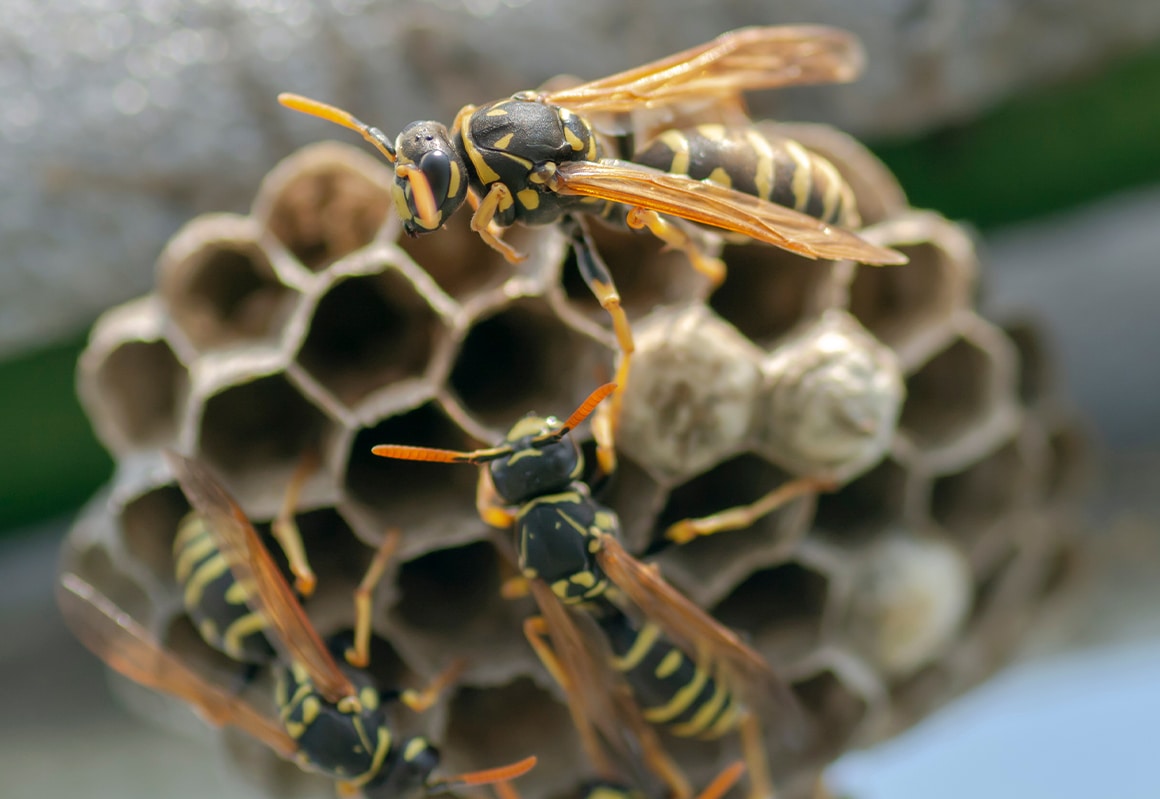
Wasps are a type of winged, stinging insects from the order Hymenoptera. Most live in colonies, but some are solitary. Wasps are common throughout the Carolinas due to the ideal habitat. The hot and humid climate supports a variety of insect populations that wasps use as food. The diversity of the natural landscape from forests to cities provides plenty of habitats, and the many flowering plants and trees offer an abundance of food sources for the adults, who prefer a mainly sweet diet.
What Are Wasps?
Get a Free Pest Control Quote
How to Identify Wasps
Wasps have smooth, slender bodies and a narrow waist that divides the abdomen and thorax into two distinct segments. They often have bands of black and bright yellow coloring, but some species are brown or reddish. Their nests are usually balloon-shaped and papery, with a hexagonal cell structure inside. There are thousands of wasps, but the types most common to the Carolinas include:
Yellow Jackets: Slightly yellowish bugs that outsize Eastern Subterraneans. These aggressive eaters can chew through wood twice as fast as other termites. Their massive colonies can reach into the millions, and they create distinctive carton nests inside walls using a mixture of wood particles and soil.
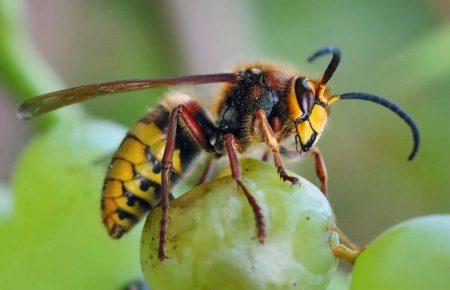
Bald-Faced Hornets: This species is mostly black in color with white markings on their face and abdomen. They build large nests that have a papery appearance in above-ground locations like trees and shrubs.
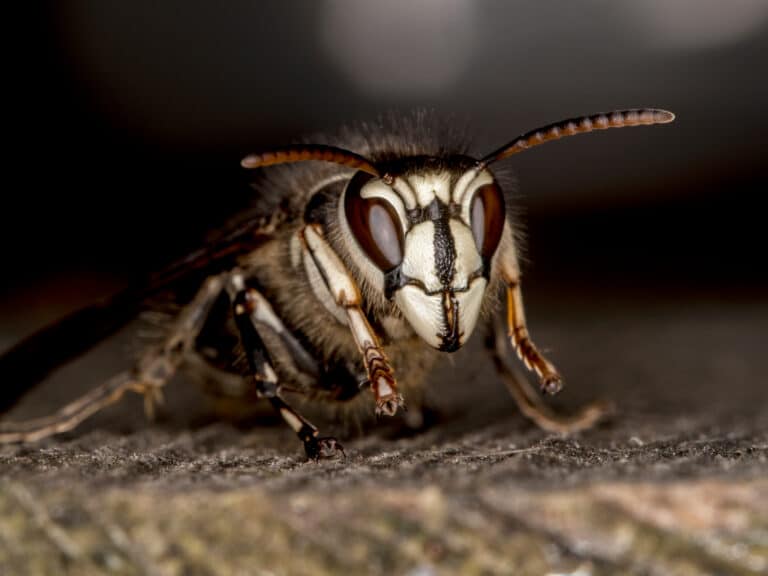
European Paper Wasps have yellow and black stripes but are slightly bigger than yellowjackets at about ¾ inch. This species builds papery nests that hang above ground, possibly under roof ledges and eaves.
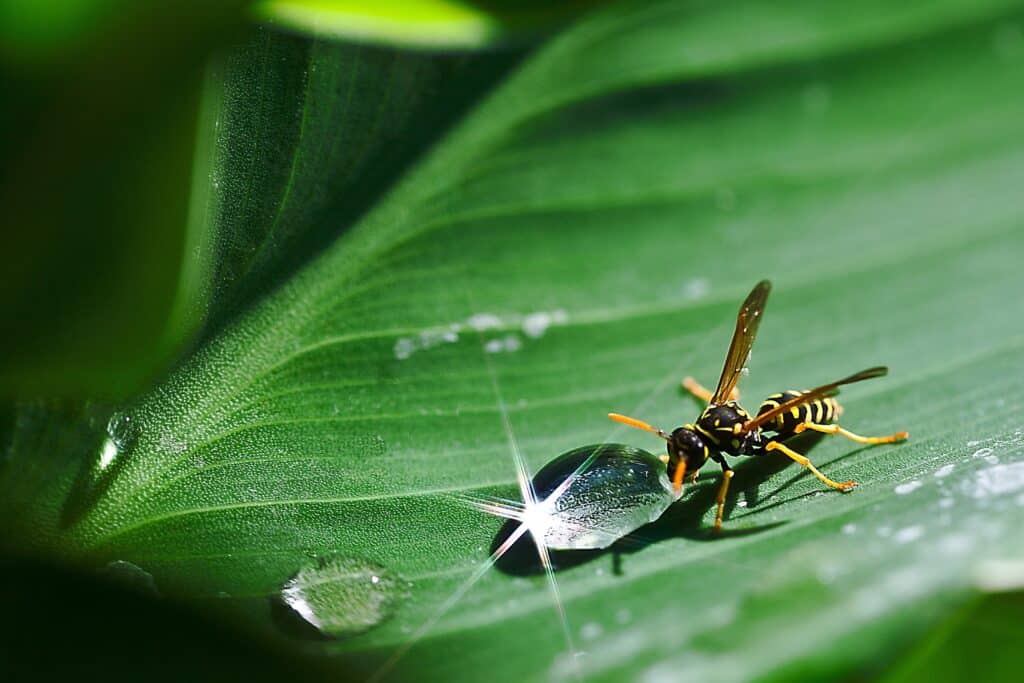
Mud Daubers are known for their distinctive tube-like nests constructed from mud. They tend to place these in out-of-the-way areas. Mud daubers are larger, at two inches long. They are usually black, but some have blue hues or yellow markings.
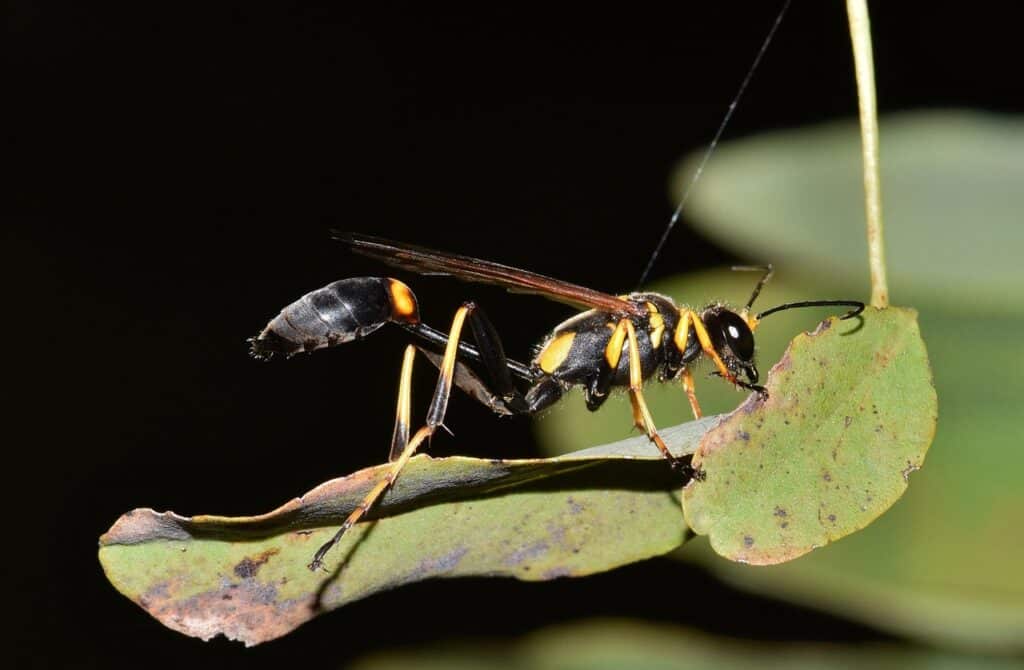
Another native Carolina wasp species is the Cicada Killer. These insects are solitary in nature and burrow into the ground to feed on cicadas. They are about two inches long and have orange and black stripes.
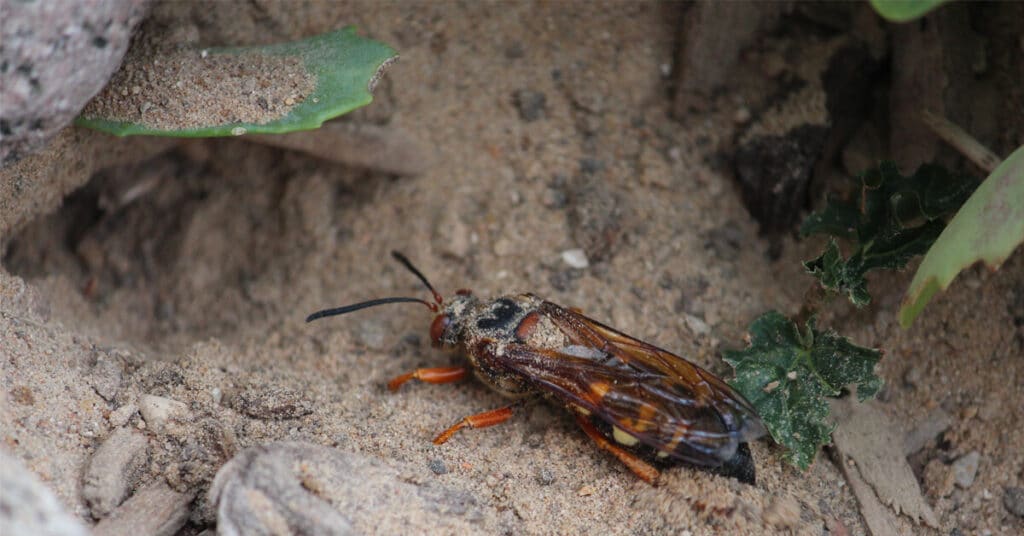
Dangers of Wasps
Most people only experience minor irritation from a wasp sting and recover quickly. Symptoms include pain, burning, itching, redness, and swelling. Local reactions typically subside after about an hour or two. Nausea and vomiting may also occur but are less common. Other people may have an allergic reaction to wasp venom, like hives, anaphylaxis, and loss of consciousness. These are serious health events that require immediate medical treatment.
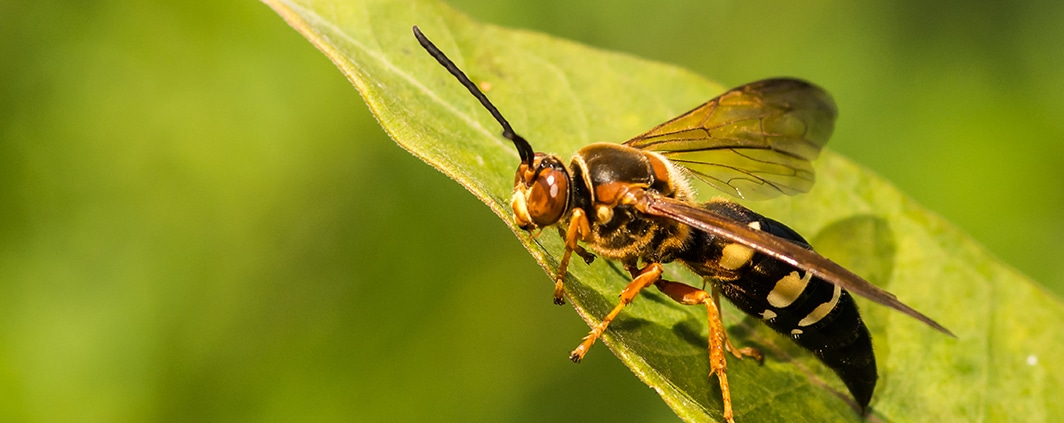
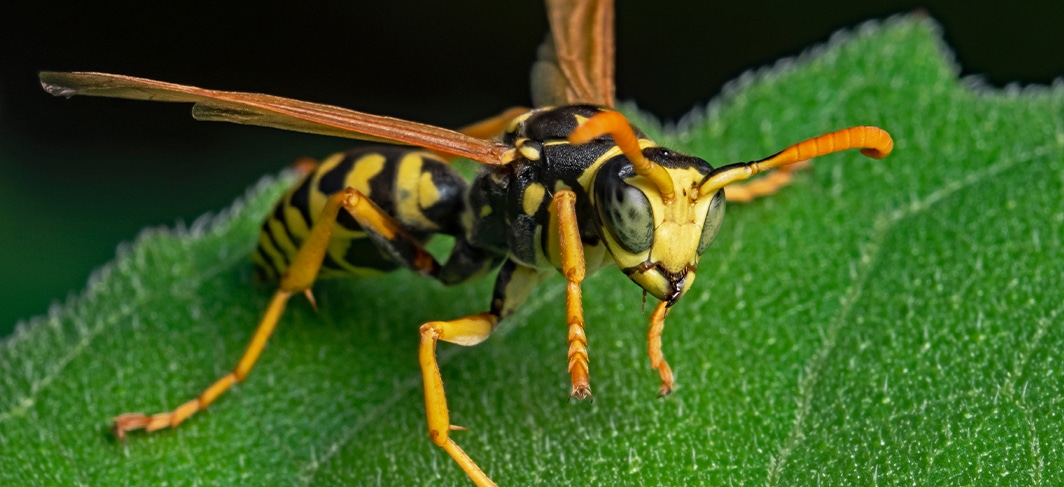
Wasp Prevention Methods
Prevention is the ideal strategy when it comes to stinging insect control. Conduct regular inspections of your property to check for wasp nests. They are easier to deal with if you spot them early. Adding strong-smelling plants like mint, thyme, eucalyptus, basil, citronella, lemongrass, and even marigolds can also prove effective. Keeping your property in good repair by filling in holes in the ground and fixing cracks and gaps in walls that may invite nest building are also good ways to prevent infestations.
When to Contact a Wasp Exterminator

It’s possible, but not advisable, to remove some smaller wasp nests on your own. However, you risk getting stung. Some nests are even more difficult to remove due to their size or location. If you notice wasps around your home or business, call in the professionals for wasp removal. Some species are aggressive, and if you disturb a large colony, you are at risk of suffering multiple stings. This is dangerous if you are allergic to the venom.
At Anticimex Carolinas, we provide quality, state-of-the-art pest management services to homes and businesses in North and South Carolina. Our team is highly trained and equipped with the appropriate tools to address your wasp issue safely. A thorough inspection ensures that we identify the species present and locate all nests. Next, we implement a customized and environmentally safe treatment plan to remove the insects and give you back access to your home without the threat of wasp stings.
Frequently Asked Questions
How long do wasps live?
Wasp lifespans vary by species, but on average, worker wasps live anywhere from 12 to 22 days, while the queen can live for an entire year. Wasp infestations are most likely during the spring and summer, which is the period when they lay their eggs.
Do wasps die off in the winter?
The workers die when the weather turns cooler, but the queens seek out shelter and enter a dormant state called diapause, similar to hibernation, until the spring. Once the weather warms up, the queens emerge and begin a new colony.
What do wasps eat?
Wasps are omnivores and will eat nearly anything they can scavenge, from carrion to other insects, but much of their diet consists of sugary food sources like honey, tree sap, fruit, and flower nectar.
What attracts wasps to my yard?
Wasps are attracted to standing water, bright colors, sweet scents, and food sources that range from sweet fruits, desserts, and sodas to protein-packed meats. You may find wasps become unwanted guests at a picnic or barbecue. They could also seek out garbage that’s left uncovered.
How should I treat a wasp sting?
Wasp stings can be painful and itchy and often leave behind a welt. Most cause mild symptoms that you can treat at home by washing the area with soap and water, applying a bandage, and using an ice pack. You can also apply a hydrocortisone cream, antihistamine cream, and use over-the-counter pain killers. If you have a more serious reaction that causes difficulty breathing, swelling of the lips, face, or throat, dizziness, racing pulse, lightheadedness, or other serious symptoms, you must get immediate medical attention.
